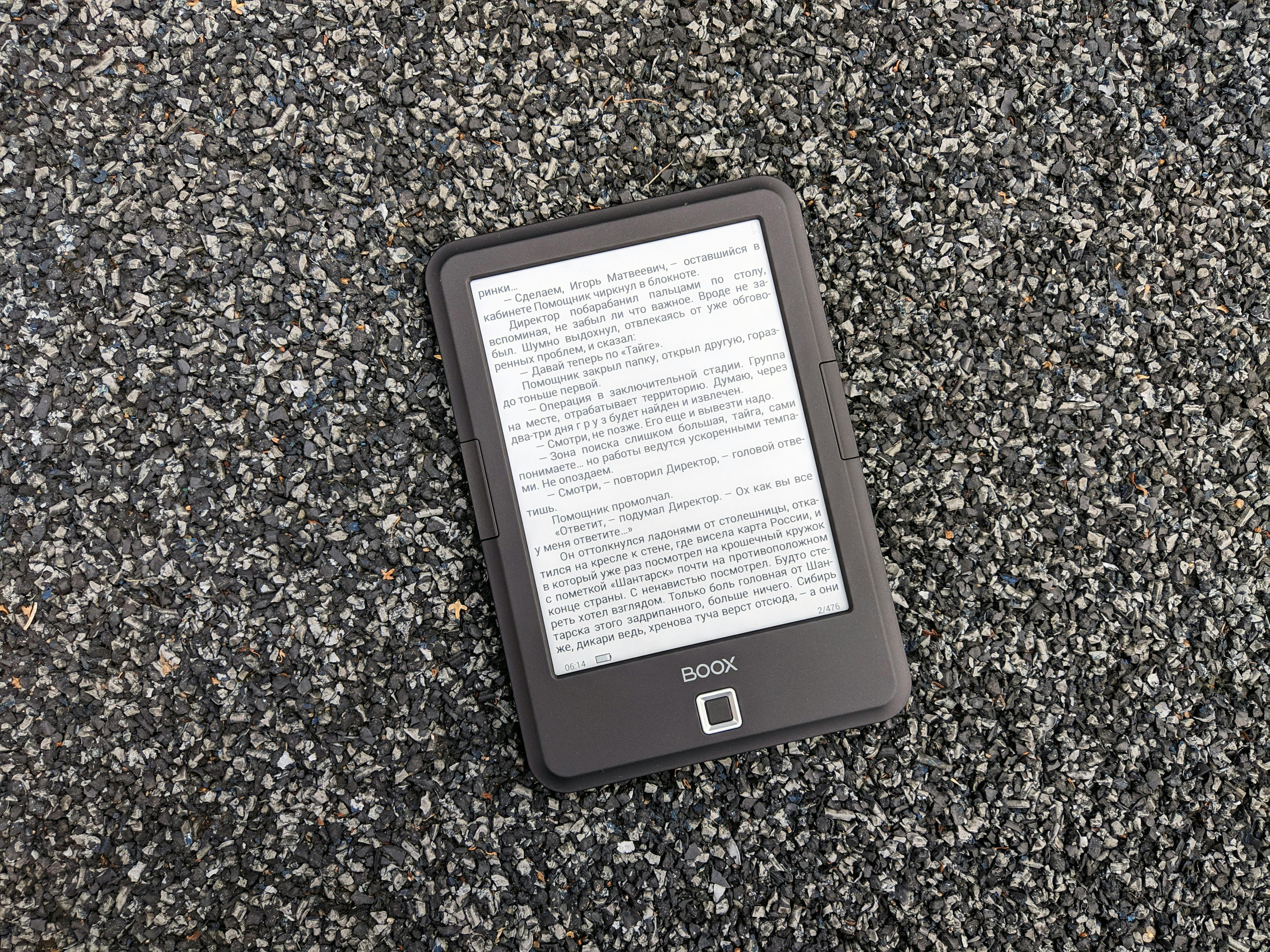Leaping into the Future: The Untold Story of E-Ink Technology
In the digital age, it's easy to overlook the simplicity and elegance of paper - until now. Electronic ink, or E-Ink, has evolved to bring the best of both worlds - the digital and the tactile - into a single, revolutionary technology. This article dives into the fascinating journey of E-Ink, its current applications, and its potential impact on the tech world.

The Origins of E-Ink
E-Ink technology was first conceptualized in the 1970s at Xerox’s Palo Alto Research Center. Inspired by the idea of creating an electronic display that would mimic the clarity and comfort of reading from paper, engineers began experimenting with electrophoretic display (EPD) technology. Over the following decades, this innovative concept would evolve into the E-Ink we know today, a technology that deftly bridges the gap between traditional print and digital media.
E-Ink in the Modern World
Today, E-Ink technology is most commonly associated with e-readers like Amazon’s Kindle, Barnes & Noble’s Nook, and Kobo’s eReader. These devices have transformed the reading experience, offering users the ability to carry an entire library in their pockets. But E-Ink’s applications extend far beyond e-readers. It’s used in smartwatches, phones, and electronic signage, providing a power-efficient, eye-friendly alternative to traditional LCD or OLED screens.
The Science Behind E-Ink
The magic of E-Ink lies in its simplicity. It operates on the principle of electrophoresis, a process that uses an electric field to move microscopic particles. In an E-Ink display, millions of tiny capsules filled with black and white particles are suspended in a clear fluid. When an electric field is applied, these particles move to the top or bottom of the capsule, forming images and text that remain visible even when the power is turned off.
E-Ink: A Game Changer in the Tech Market
With an estimated value of $2.5 billion by 2023, the E-Ink market is poised for significant growth. This is due in part to the rise in popularity of e-readers, but also to the increasing adoption of E-Ink in other technologies. For instance, smartwatches equipped with E-Ink displays offer longer battery life than their LCD counterparts, a key selling point for consumers. Moreover, E-Ink’s potential in sectors like retail and advertising is only just beginning to be tapped, promising new opportunities for innovation.
The Future of E-Ink
As E-Ink continues to evolve, its potential applications are expanding. Researchers are exploring the use of E-Ink in dynamic, responsive clothing, interactive wall displays, and even smart home devices. With every advancement, E-Ink brings us closer to a future where the divide between the physical and digital worlds is blurred, offering a glimpse into a future where technology and reality seamlessly intertwine.
E-Ink technology, with its roots in the past and eyes on the future, is a testament to human ingenuity. It takes the familiar comfort of paper and enhances it with the functionality and convenience of digital technology. As we continue to explore its potential, E-Ink is set to transform the tech landscape, challenging our perceptions of what is possible and reshaping our interaction with the digital world.




